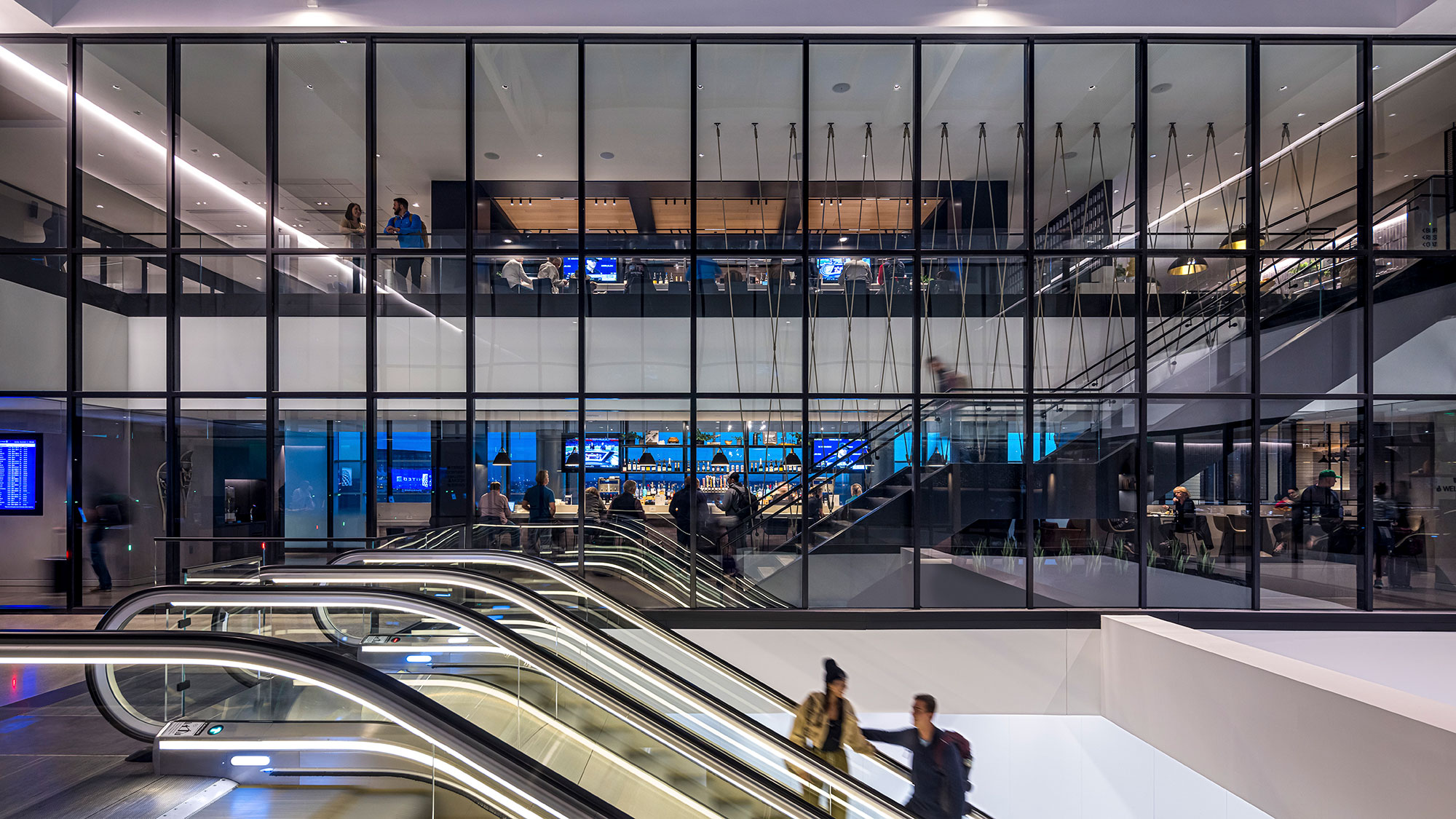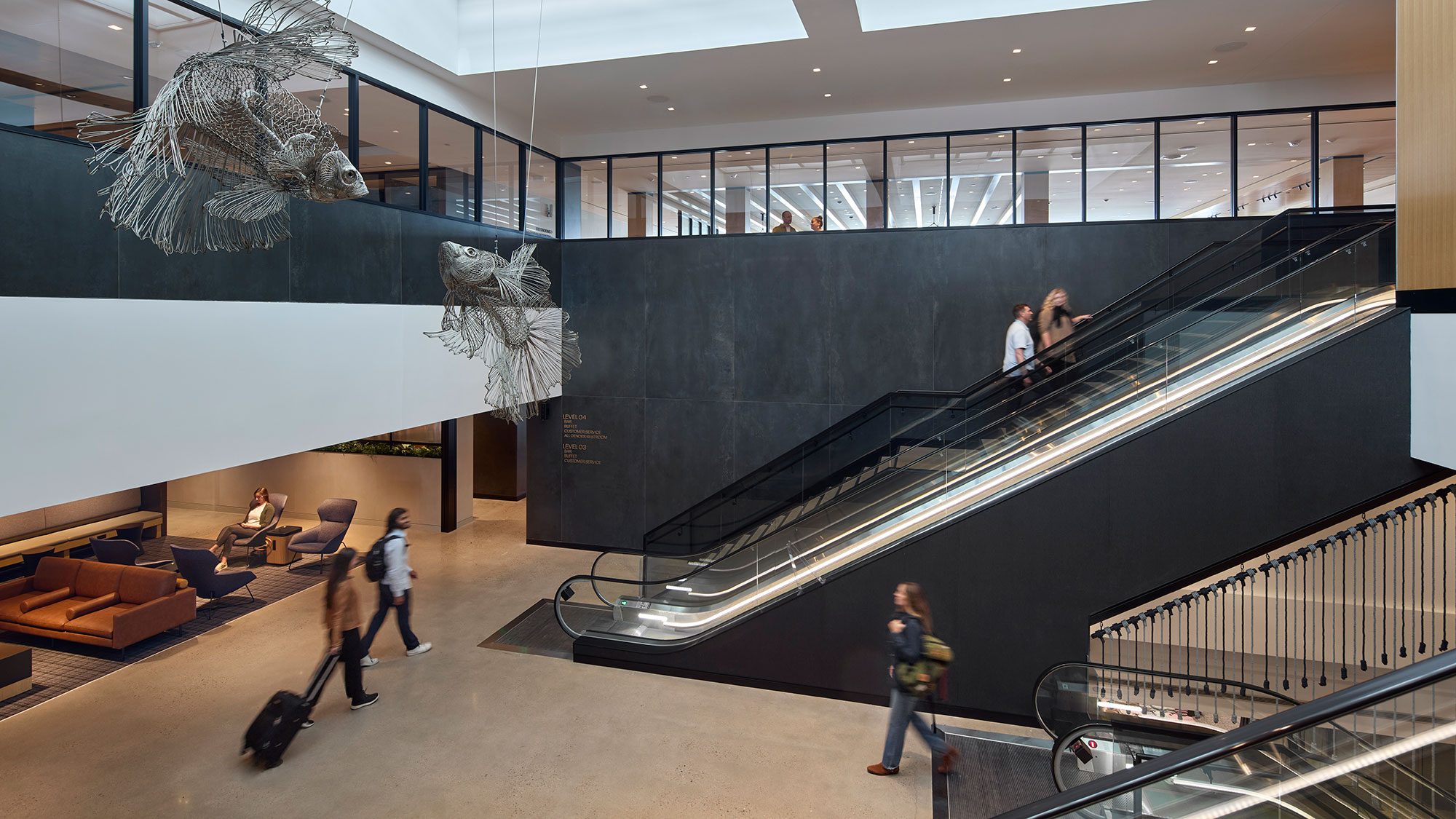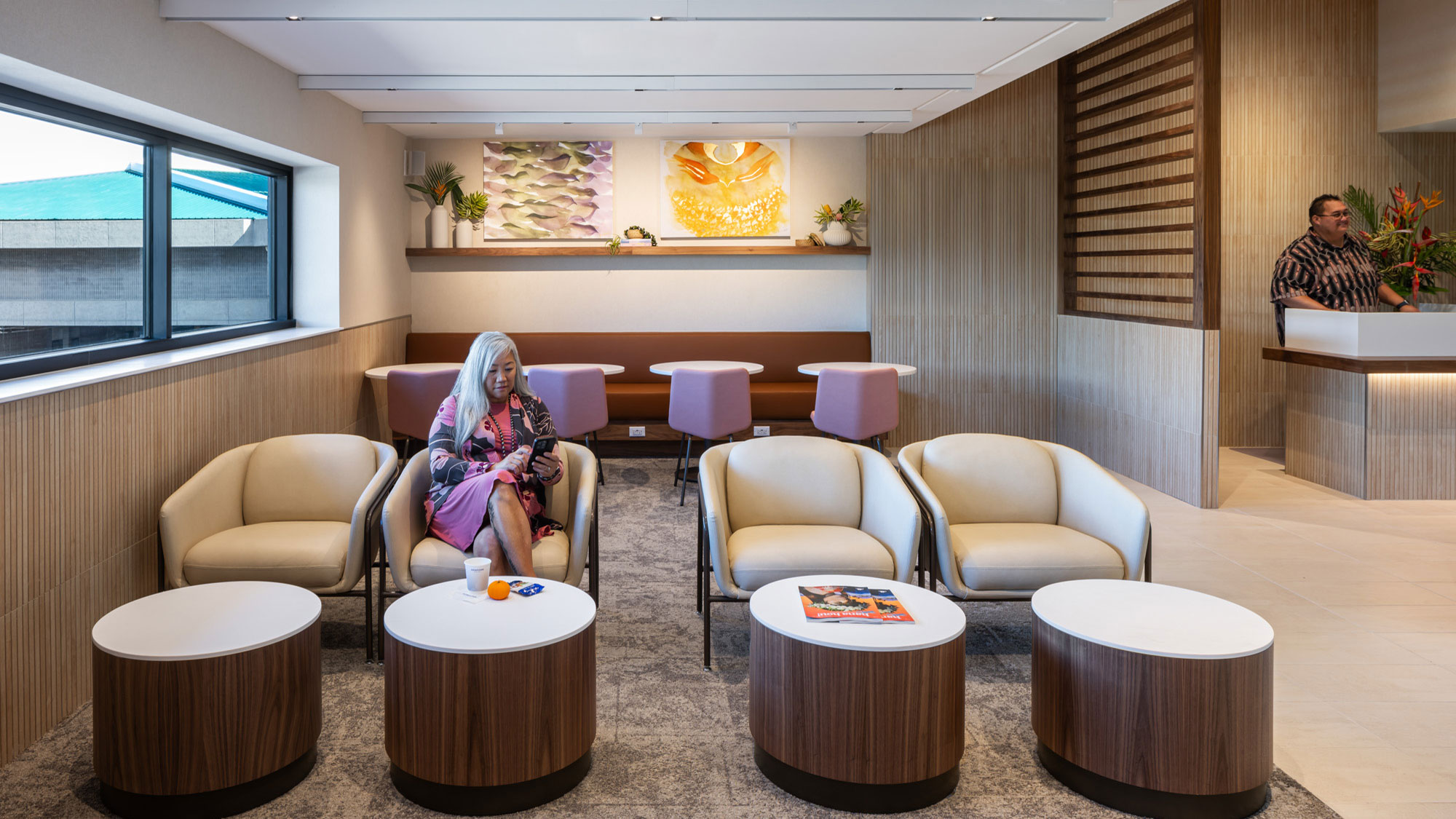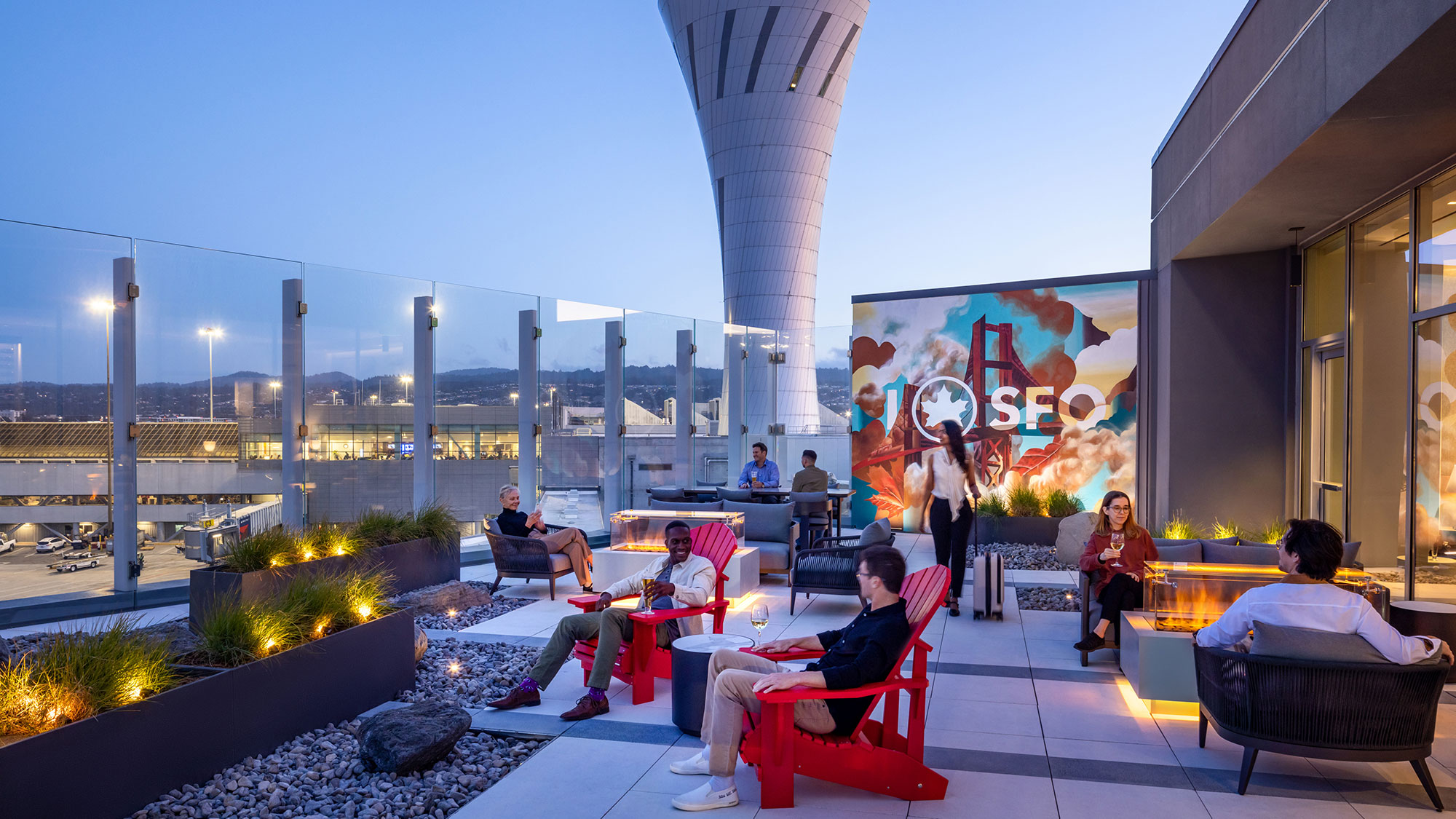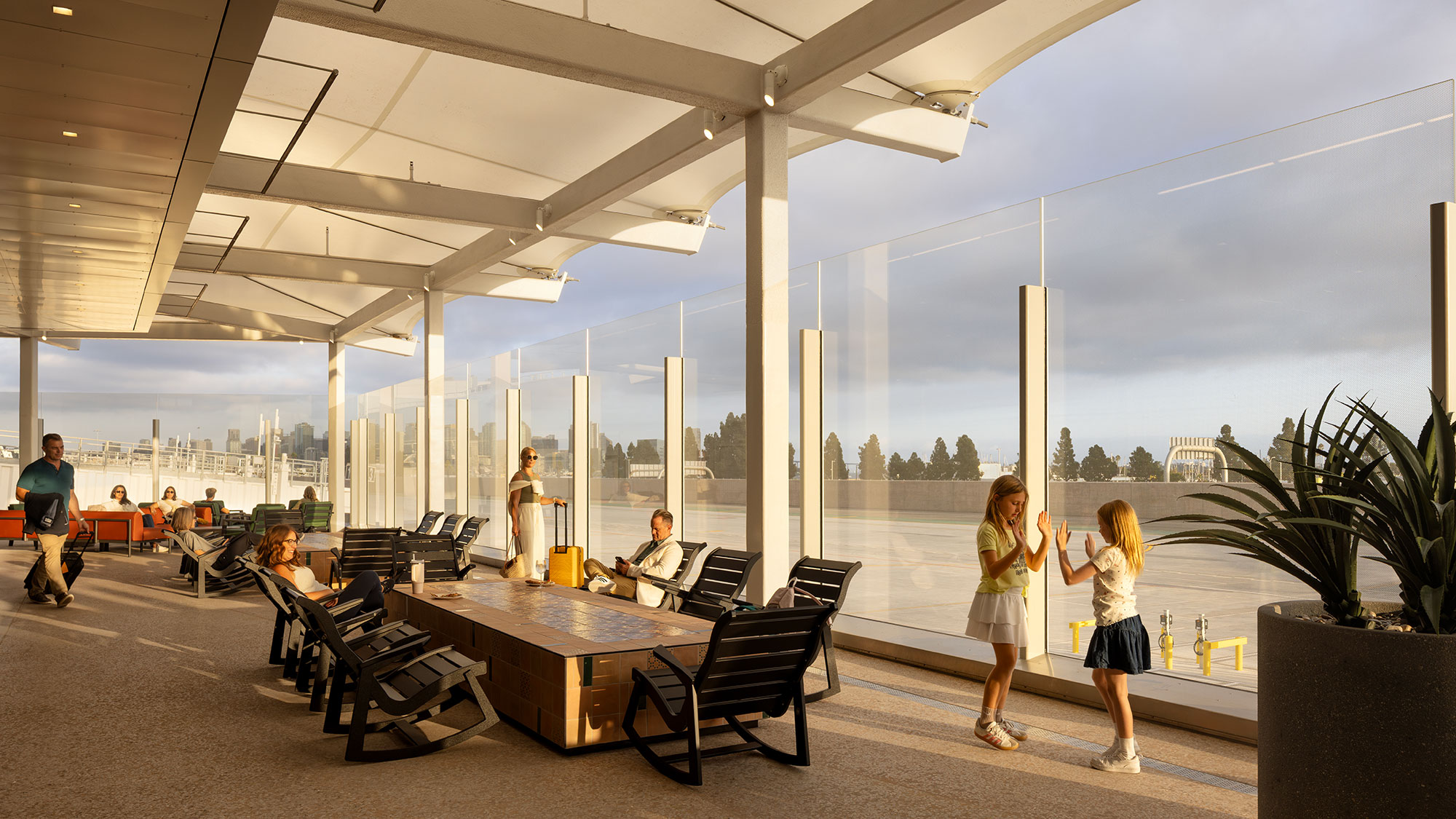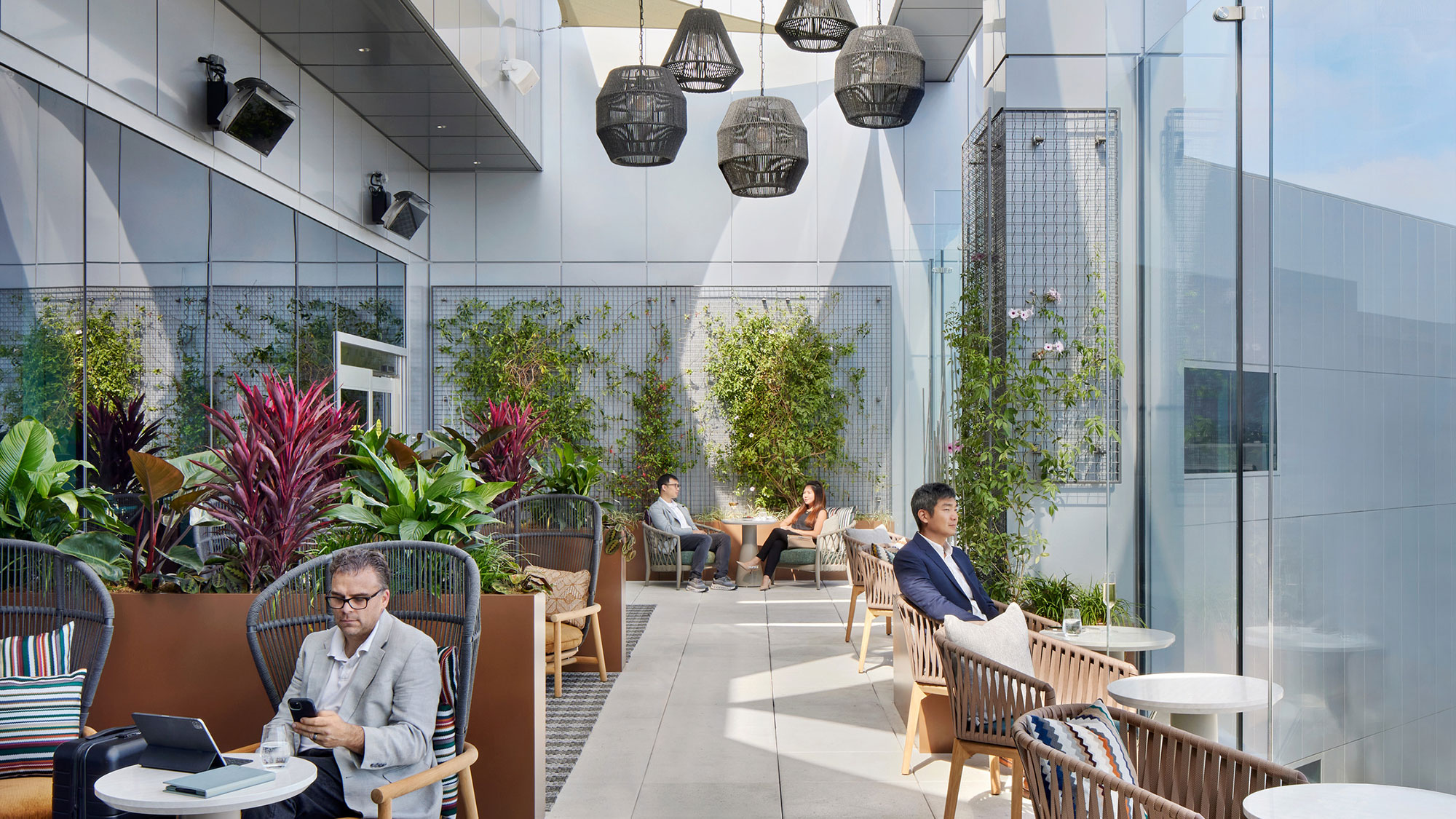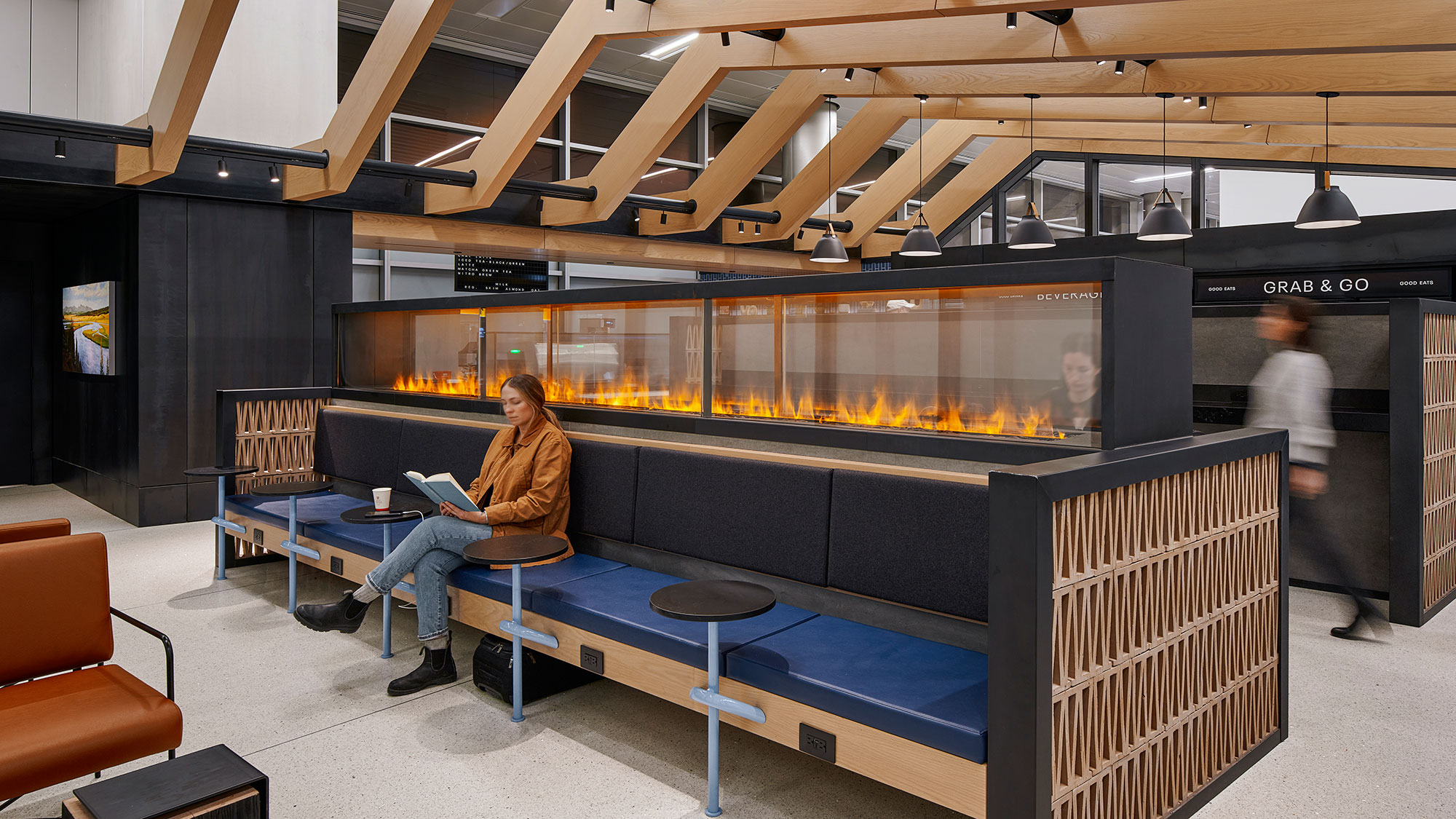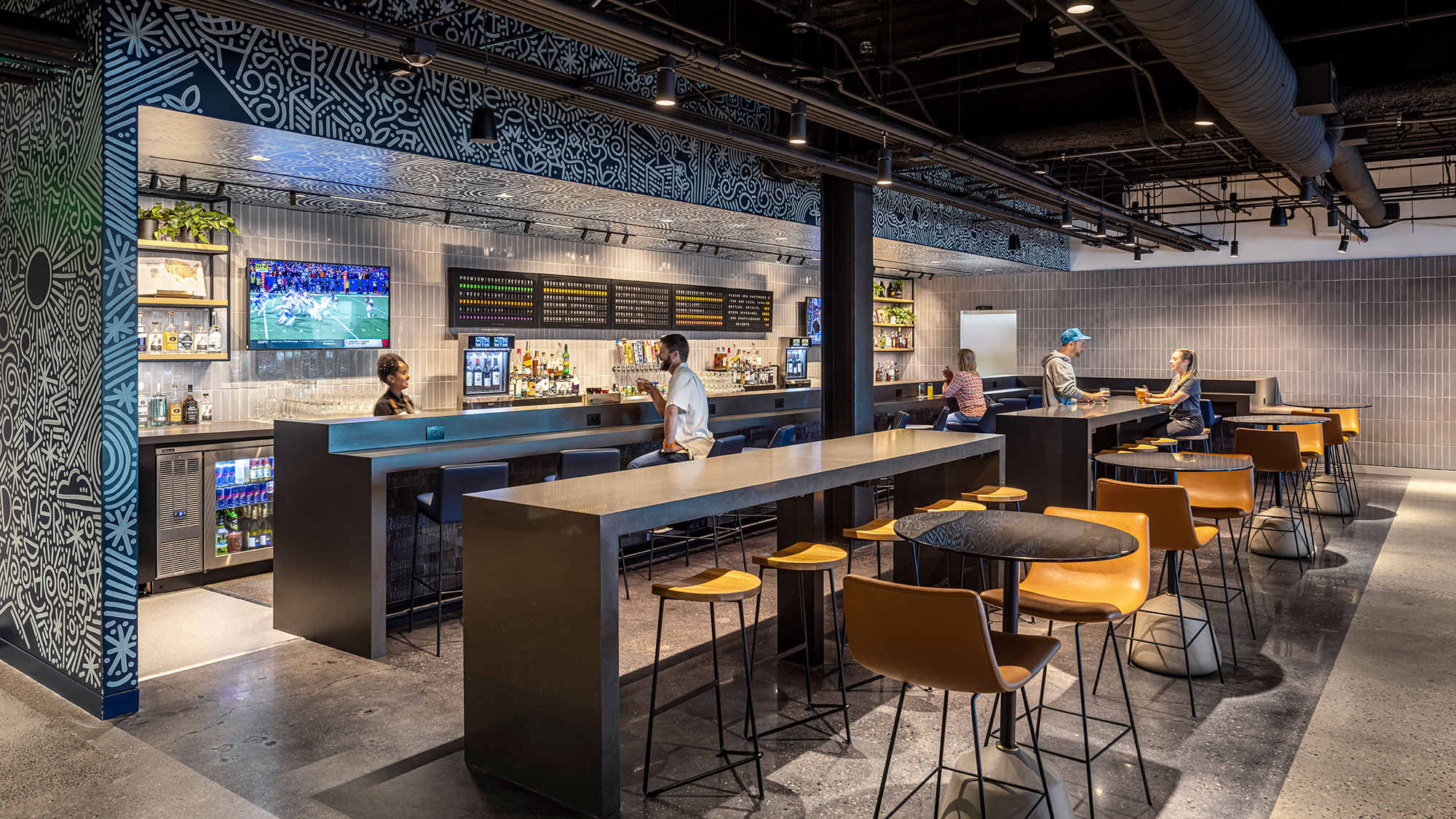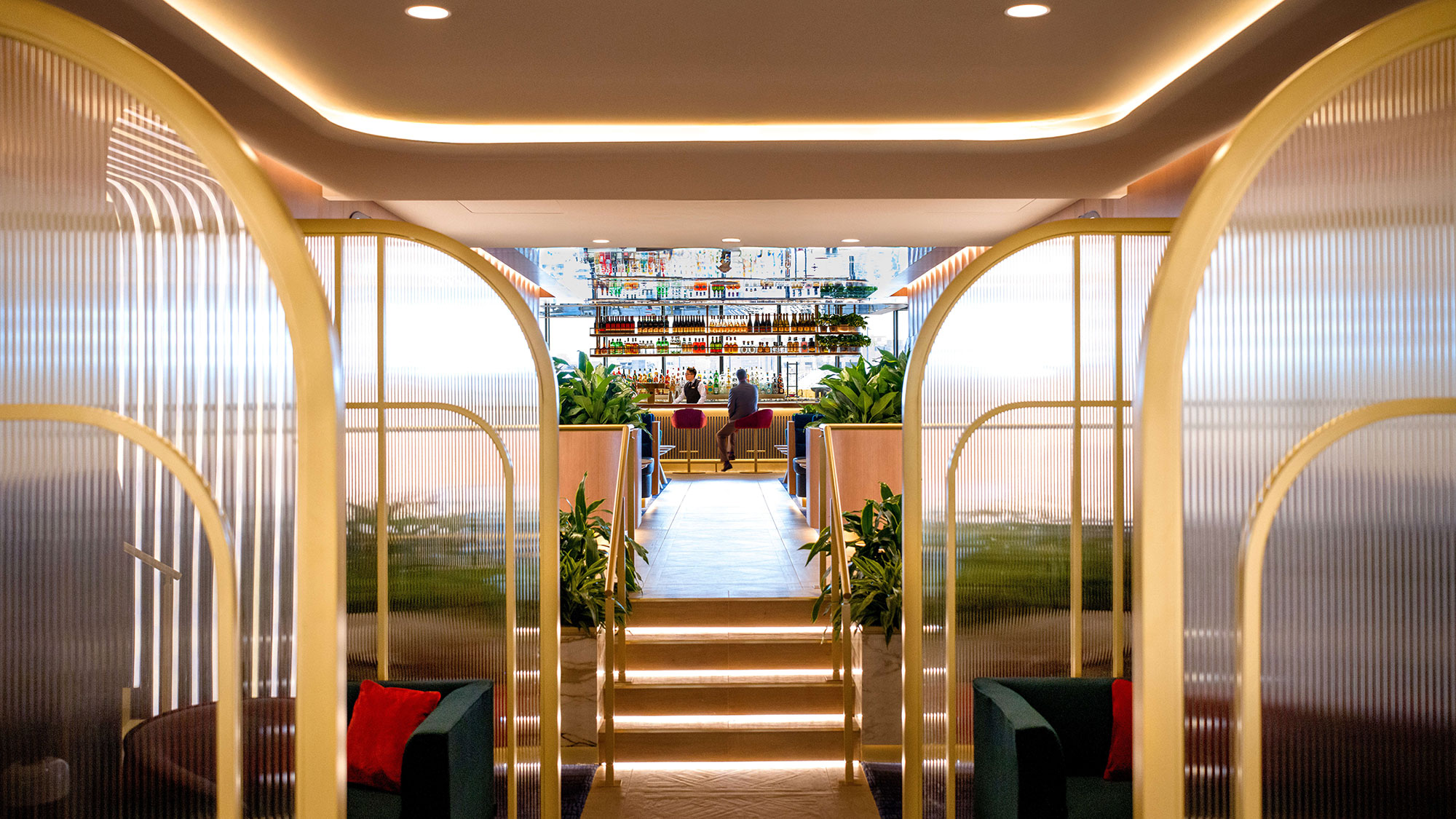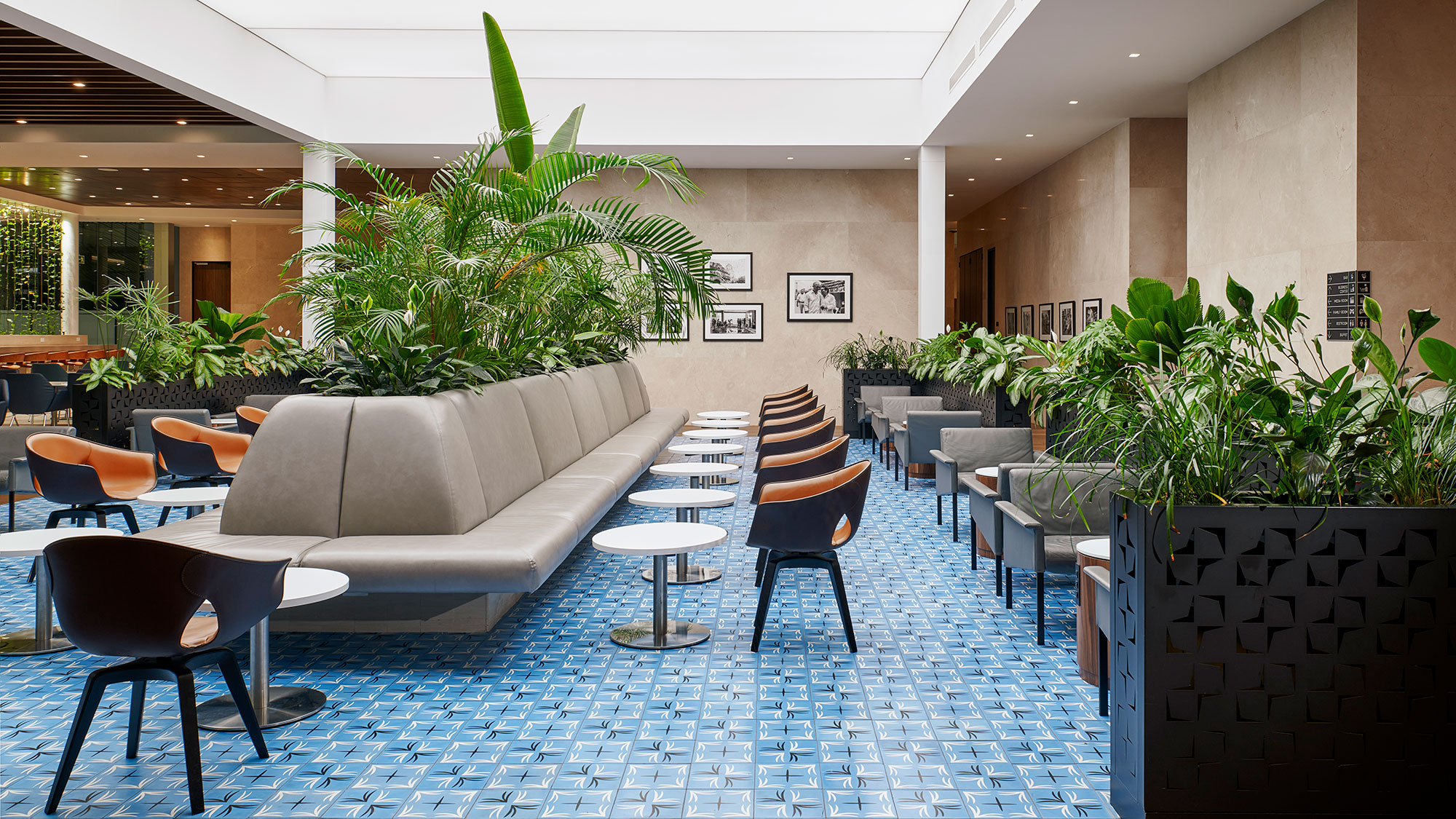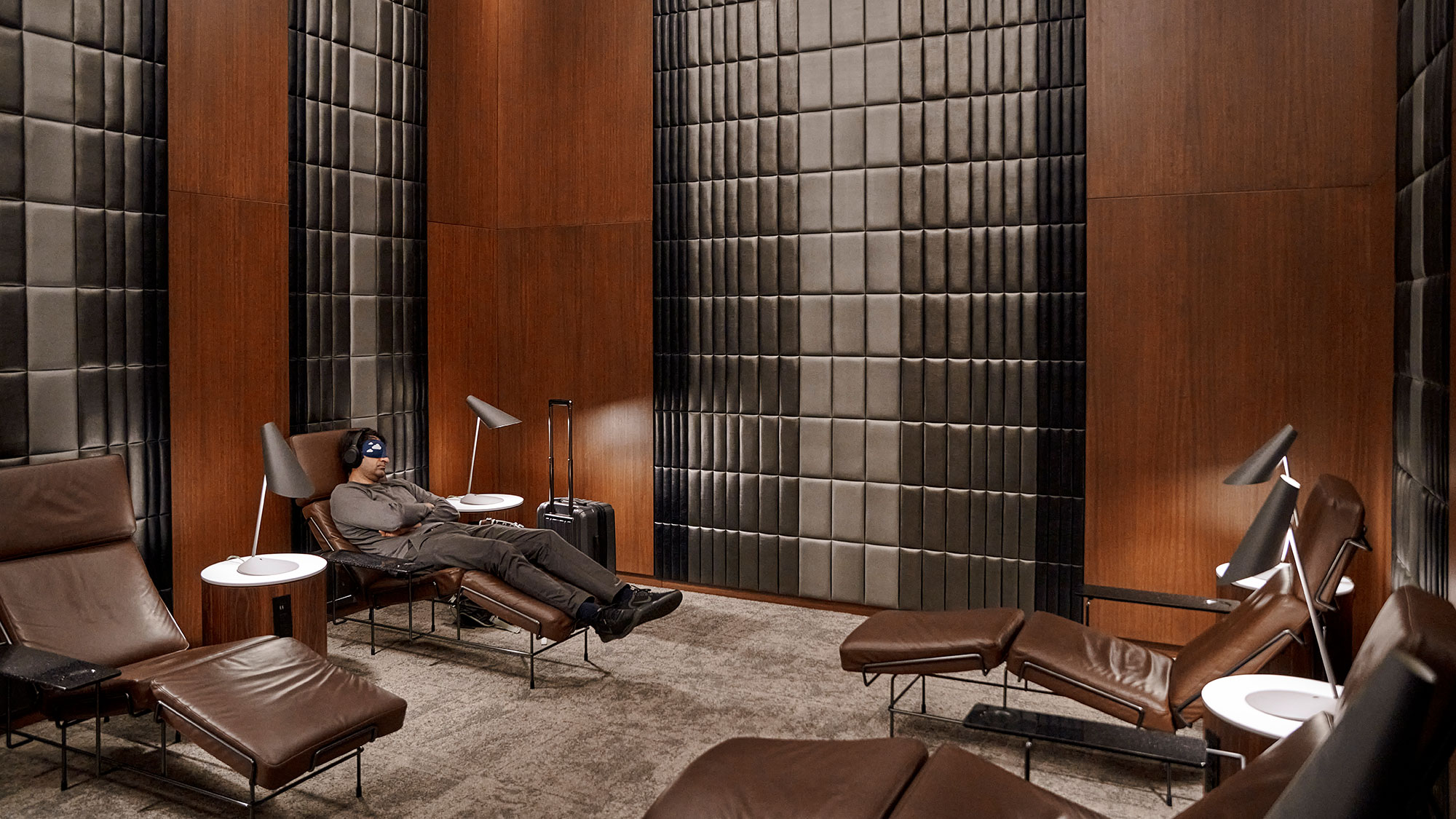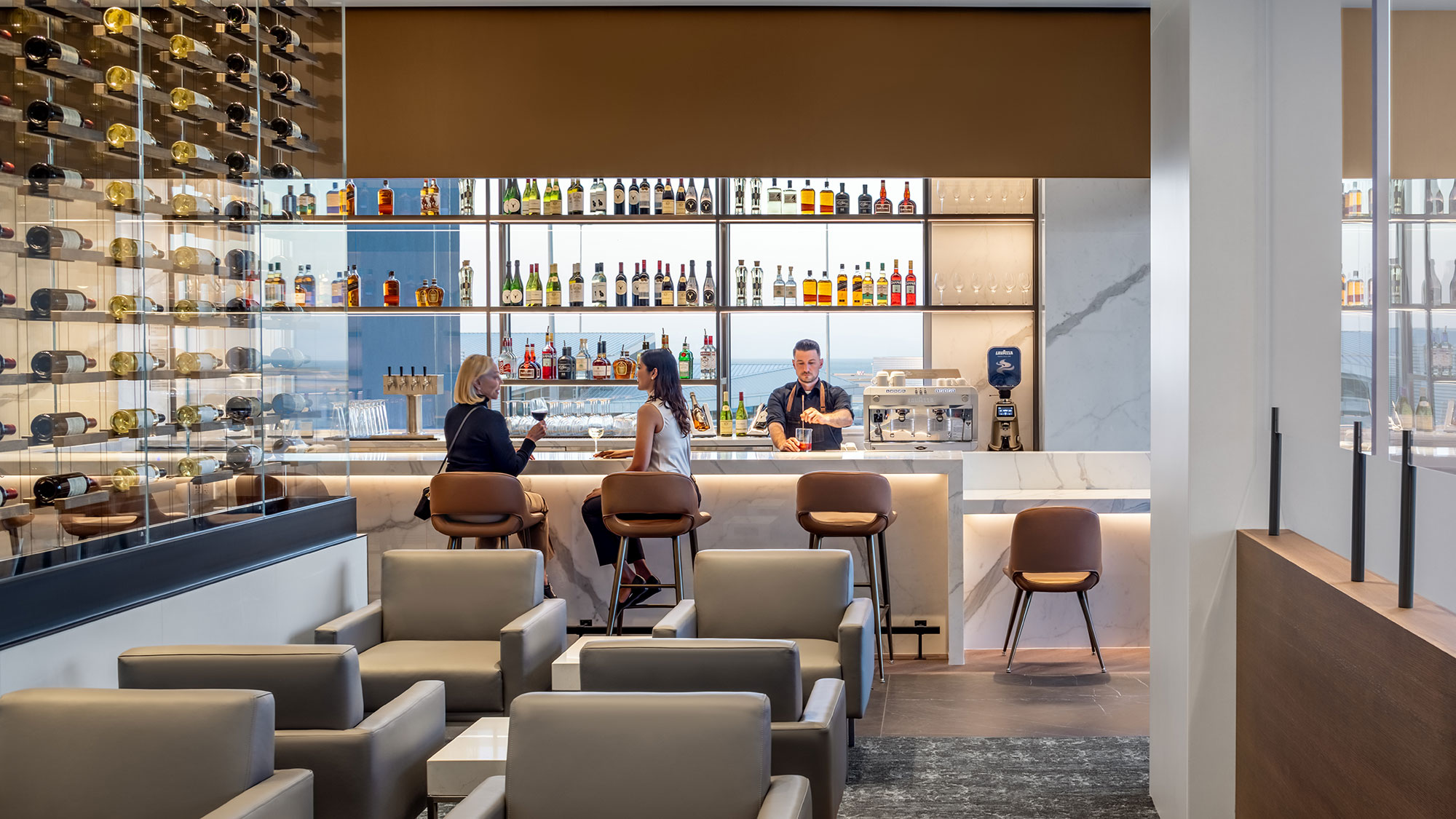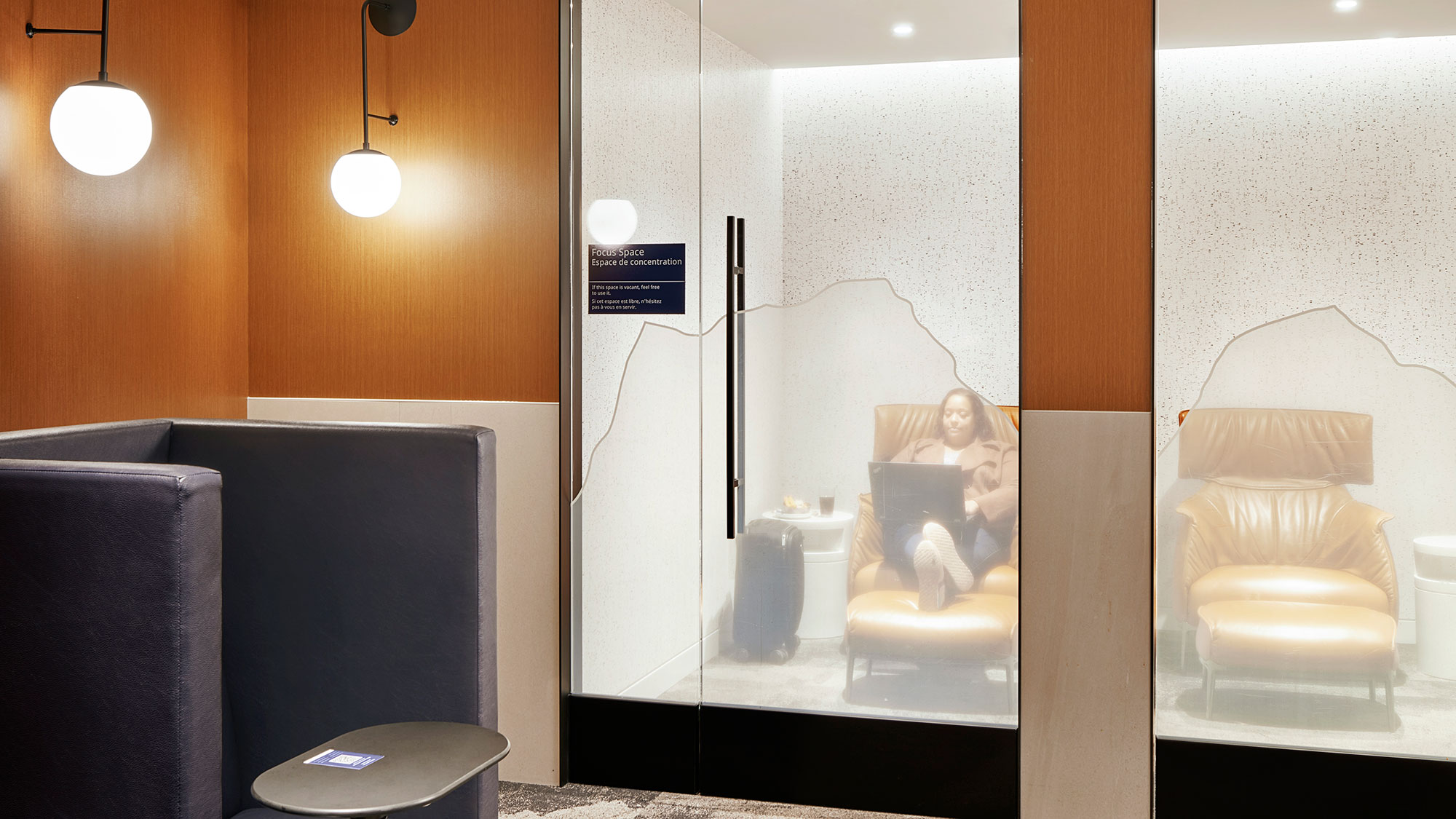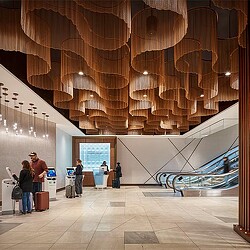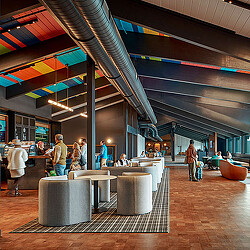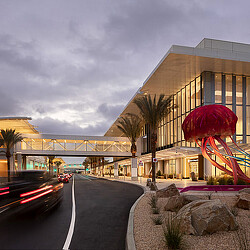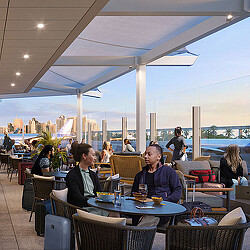More Than Just a Seat: The Lounge as the New Travel Destination
The new airport lounge is less about claiming a seat and more about creating a collection of experiences.
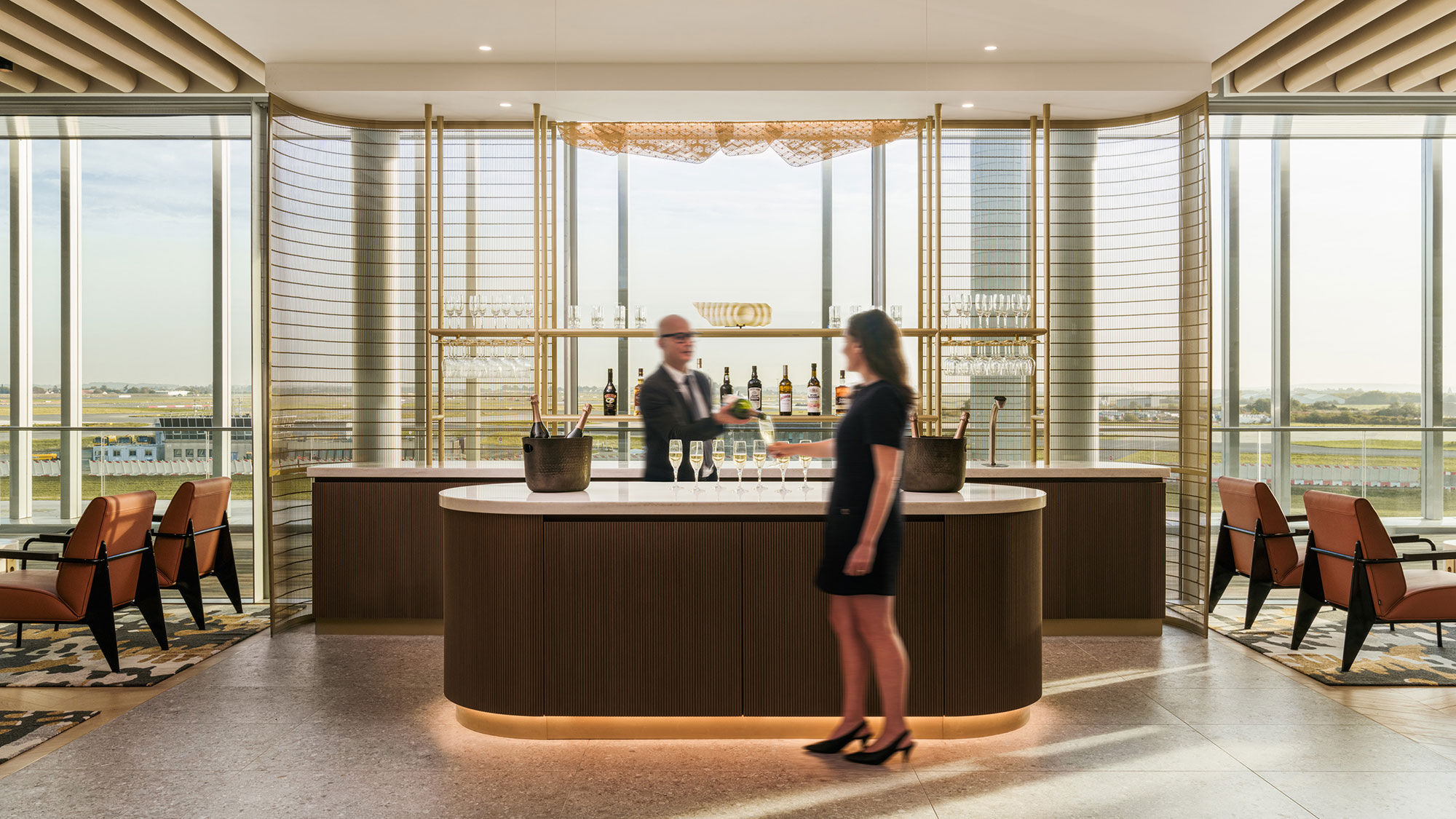
When American Airlines debuted the Admirals Club at New York’s LaGuardia Airport in 1939, it marked the first-ever airport lounge, a private space to reward VIPs, celebrities, and influential customers. Other airlines soon followed, creating highly exclusive spaces for elite business travelers and affluent clientele.
Today, lounges are no longer reserved for the few. Thanks to credit cards and loyalty programs, access has broadened, and demand is booming. With the market projected to reach nearly $32 billion by 2031, airlines and financial institutions are racing to create premium, amenity-rich spaces that foster loyalty and elevate the travel experience.
As airports modernize and expand, the opportunity to reimagine lounges has never been greater. Here are three ways that airport lounges are reinventing themselves to meet the needs of modern travelers:
Building up and outward: vertical expansion, adaptive reuse, and outdoor space
As airports face space constraints and rising passenger volumes, airlines are turning to creative design solutions for lounge space within the terminal.
With limited horizontal space, some lounges are expanding upward. At Denver International Airport (DEN), the United Club A West added a second floor and enclosed an existing mezzanine, doubling its capacity while introducing a cozy Après ski theme to reflect the regional concept of the surrounding mountains The United Clubs at B East and B West Terminals doubled their footprints by combining existing office mezzanine space with the existing Club above, becoming the largest United Clubs in the portfolio and offering a distinctly Denver and summer cabin experience across all floors.
Others are repurposing underused areas, such as employee zones or storage rooms, into vibrant lounges. For the Bob Hope USO at Los Angeles International Airport (LAX), our design team converted a dark, unused concessions prep space within the historic theme building into an active, sunlit retreat for service members. For the Hawaiian Airlines Lounge in Maui, we revitalized a small employee space with no natural light and low ceilings into a sun-filled tribute to the original architect Vladimir Ossipoff, adding windows and exposing the original mid-century modern architecture, now a small offering of Aloha at Kahului Airport (OGG).
Some lounges are expanding onto existing airport roof structures to create outdoor space for their guests, creating biophilic environments that offer fresh air, natural light, and wellness benefits ahead of their flight. At San Francisco International Airport (SFO), the Air Canada Maple Leaf Lounge offers an outdoor terrace that has quickly become one of the airport’s most desired spaces with views of the runway, local muralist brand engagement, and signature red Adirondack chairs. San Diego International Airport Terminal One recently debuted a new 5,000-square-foot terrace that includes shaded areas for hot days, lighting for foggy mornings, and fire pits and mist features that make the space inviting for every season.
Personalizing the lounge as a collection of experiences
Credit card lounges, such as Capital One, Chase Sapphire, and American Express, have led the way in emphasizing regional food, art, and ambiance, pushing airlines to elevate their own offerings. Today’s airport lounge is less about claiming a seat and more about collecting experiences.
From a champagne welcome in Paris to a craft beer taproom wrapped in a mural by local artist Charlo in Denver, airport lounges are becoming social hubs that reflect the unique culture and character of their location. The Star Alliance Lounge at Charles de Gaulle Airport (CDG) features a tea bar and macaron café, evoking Parisian café culture. WestJet’s Elevation Lounge in Calgary International Airport (YYC) allows guests to order food via QR code, blending convenience with personalization. Delta One Lounge at John F. Kennedy International Airport (JFK) in New York combines fine dining with market-style accessibility, catering to diverse tastes and travel schedules.
Grab-and-go concepts are also gaining popularity among time-strapped travelers. For United’s Club Fly at Denver International Airport (DEN), guests can quickly grab a barista-crafted coffee with a cinnamon printed dog in their latte foam or a healthy snack and continue their journey. These micro-lounges are ideal for handling an influx of passengers during peak periods, all within a compact footprint.
Art is no longer an afterthought, as our design teams partner with local artists to integrate experiential art in a thoughtful and dramatic way, like the Colorado pinecones at United Club DEN B East, which are constructed of brand-colored skateboard decks. Representation of local crafts, such as hand-turned wood bowls by John Lynch of Estes Park and hand-thrown ceramics by Fenway Clayworks, brings local voices to the forefront and leaves travelers with a lasting reminder of where they have been. The artifacts of vintage hiking shoes and binoculars humanize each moment.
Exclusivity is no longer defined by luxury, but by highly unique, curated experiences. For British Airways’ new global lounge concept, which recently opened in Dubai and Miami, we designed distinct zones to cater to a personalized experience, from a pick-and-mix candy bar to signature cocktails in the main lounge, with an exclusive Concorde Dining Room for first-class guests to enjoy dishes such as Wagyu beef strip loin. The Sun compared the new Miami hub to The Ritz-Carlton, saying it feels more like “a five-star hotel than a waiting area.”
A place to pause, recharge, and connect
More than just pass-through spaces, modern lounges serve as sanctuaries to pause, recharge, and connect amid the bustle of the terminal.
As lounges evolve into hybrid environments serving more than those with top-tier status, they’re blending the functionality of boutique hotels, spas, coworking hubs, and your favorite local restaurant. Our design teams collaborate to merge these experiences into an efficient space that seamlessly blends these offerings. Airport lounges merge the hospitality design of a boutique hotel with the high demands of an active airport, blurring the lines between when your journey begins and ends, and the experiences you will remember. They are durable, yet refined, social yet tranquil, timeless while reflective of now, and authentic in experience.
Inclusive design is key, as premium spaces are designed to accommodate a wide range of needs across multiple generations, from wellness rooms and accessible showers to spaces for families, work pods for solo travelers, and more. At the COPA Club in Panama, a modern hacienda concept integrates the local flora and fauna, a backlit fabric ceiling simulates natural light at the central placita, and dimly lit relax loungers reflect a sense of calm. This “lounge for all” concept expands beyond the guest, as we design spaces where employees can also work efficiently and deliver exceptional service.
The future of lounges — boutique, experiential, and brand-driven
As lounge access becomes more widespread, the industry is pivoting toward smaller, more exclusive experiences, regardless of lounge size. Oversaturation has led to crowding, prompting a return to boutique-style offerings that prioritize quality over quantity. Whether we’re designing for a major airline or a financial brand, our goal is to create meaningful connections through spaces where travelers feel valued and engaged, even if they’re only there for a short time.
The future of airport lounges lies in thoughtful design, personalized service, and a deep understanding of what travelers value most: calm, comfort, and a connection to the journey ahead.
For media inquiries, email .
